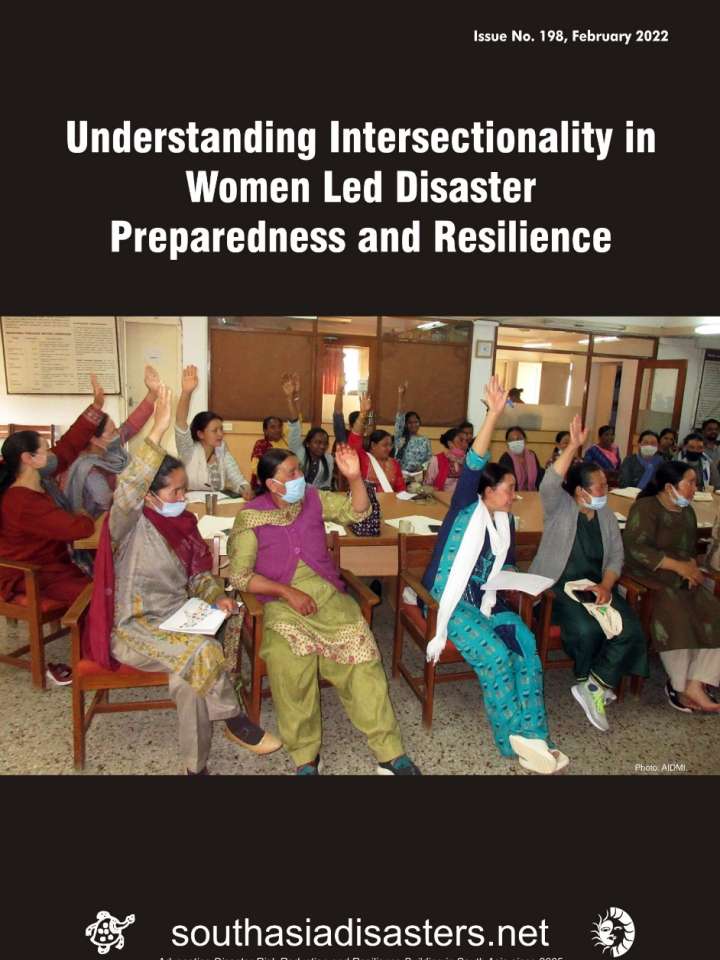Understanding intersectionality in women led disaster preparedness and resilience
This issue highlights the interplay of risk, resilience and gender. It seeks to highlight the concept of ‘differentiated vulnerability’ to disasters and extreme events as experienced by women and girls as compared to boys and men. Intersectionality of risk, resilience and gender cannot be understood without recognising that disasters affect men and women differently and it is women at the lowest level who have been leading the recovery process for the longest time. While the enhanced vulnerability of women to disaster risks is acknowledged at the policy level, the role of women in disaster preparedness and resilience building barely finds any mention.
This issue tires to highlight this theme of intersectionality by providing a snapshot of the good practices, research, policy and grassroots interventions in promoting women’s leadership and agency in disaster risk reduction (DRR) in India and beyond.
